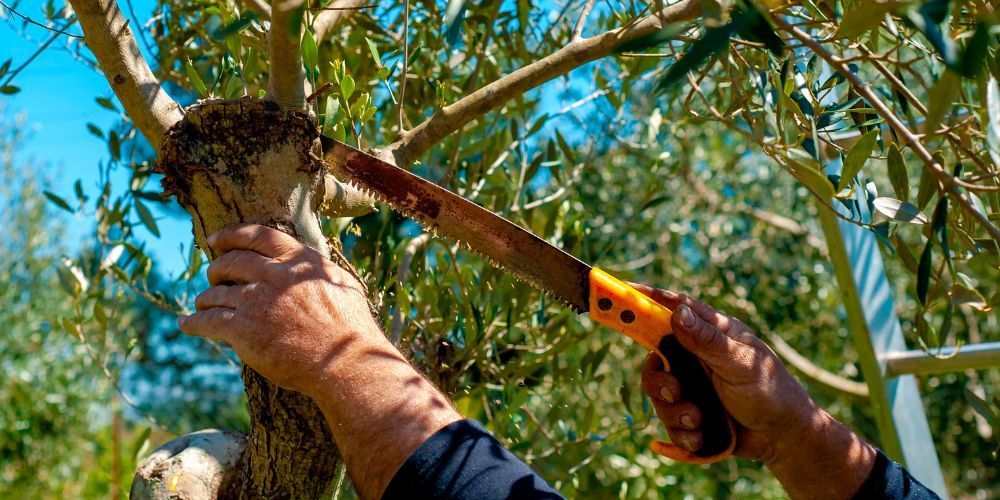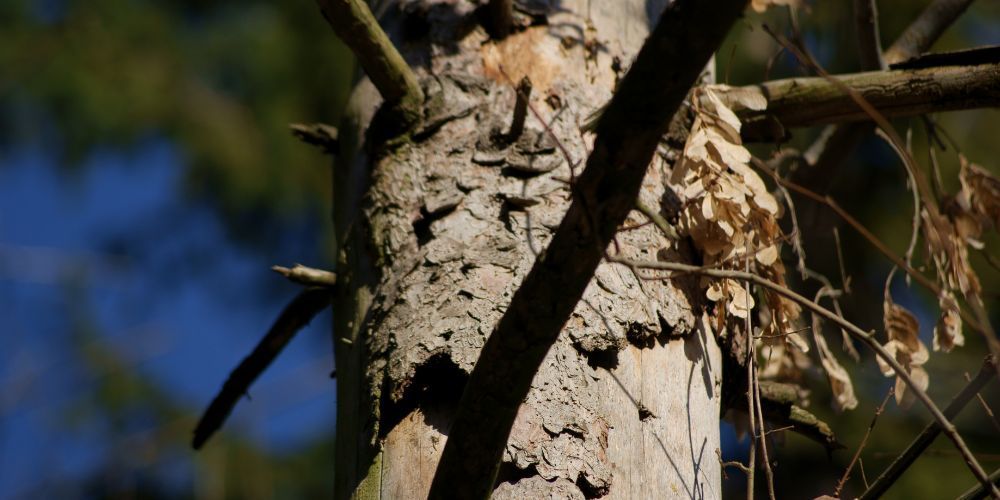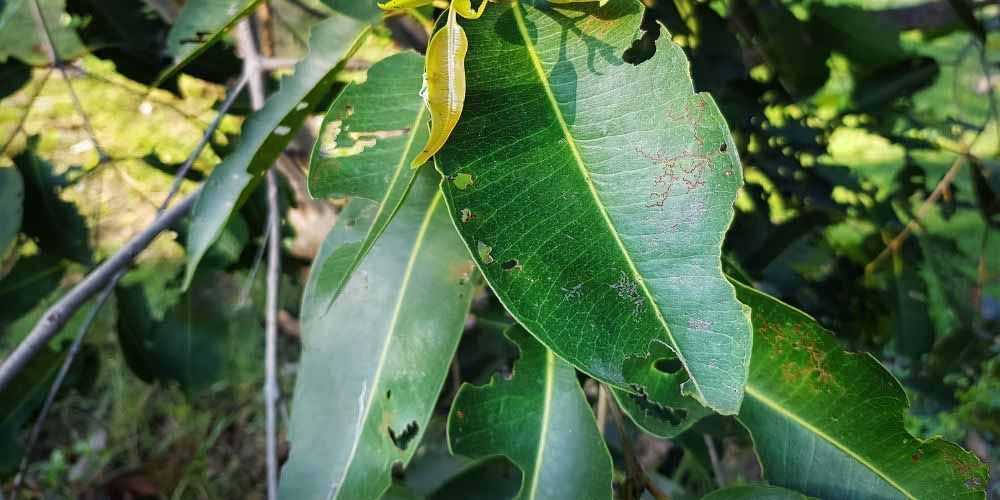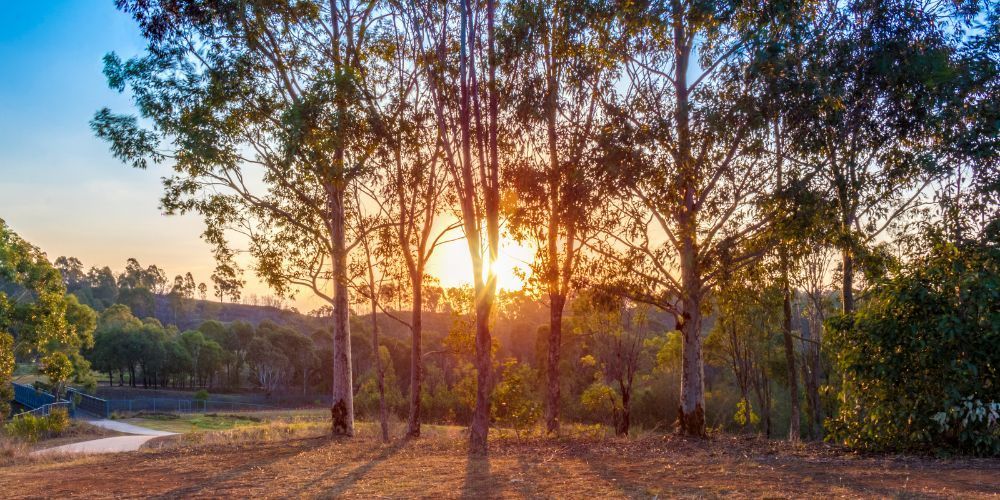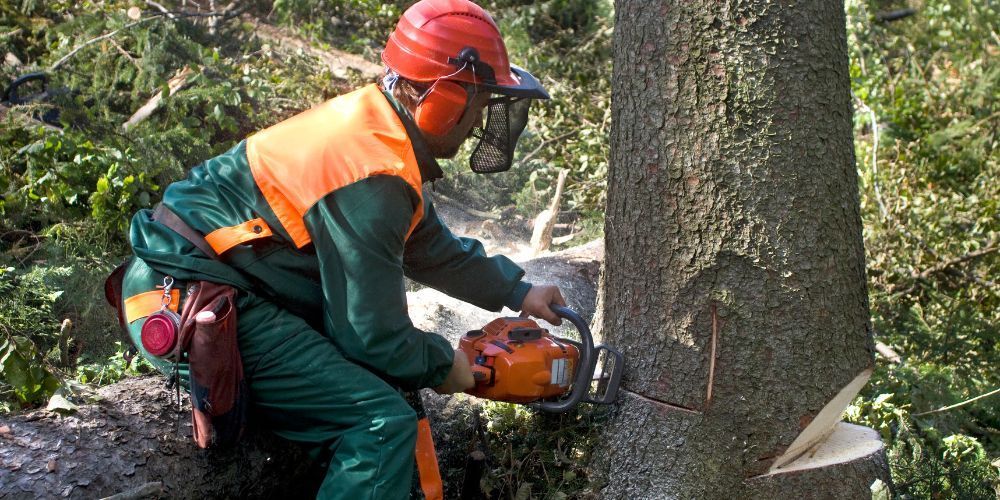Downtown bakery
- Mon - Fri
- -
- Sat - Sun
- -
555-555-55-55
Uptown bakery
- Mon - Fri
- -
- Sat - Sun
- -
555-555-55-55
Certified Arborist on Tree Service

Tips for Keeping Your Tree Healthy All Year
Trees form an essential part of adding beauty and value to the environment. However, maintaining trees in a healthy and sound condition requires a systematic approach. In the following section, we list eight essential tips to help ensure your trees remain healthy and hardy throughout every season.
Following these guidelines will provide a foundation for preserving the beauty and longevity of tree investments for everyone, from homeowners to urban landscapers. By following these steps, you can help your trees strive, impacting the local ecosystem and improving the quality of the surrounding environment.
Proper Watering
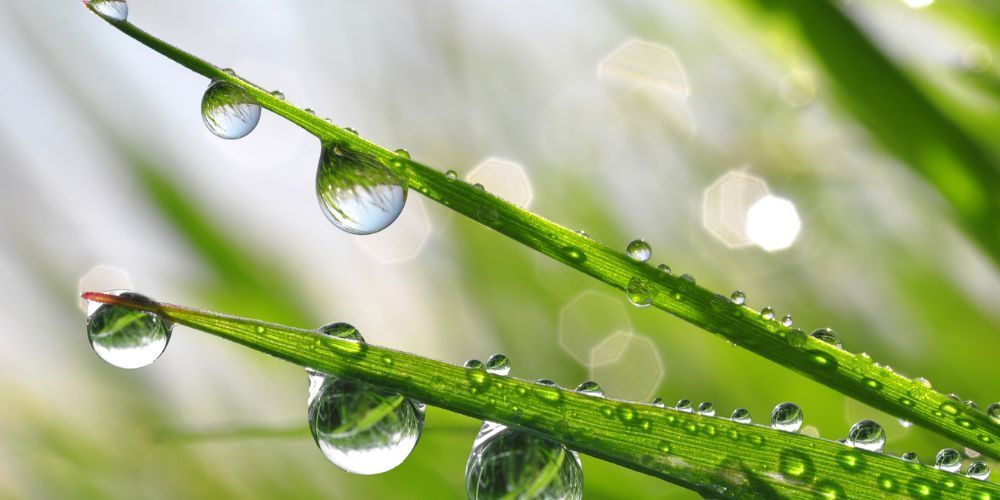
Consistent watering is crucial for tree health. Young trees need frequent watering, while mature trees prefer deep watering at longer intervals. Adjust this according to the season, age of the tree, and local climate.
Even mature trees benefit from supplementary watering during drought to reduce stress and maintain vigor. Such practice goes a long way in preventing stress that may later compromise tree health and vitality.
Mulching
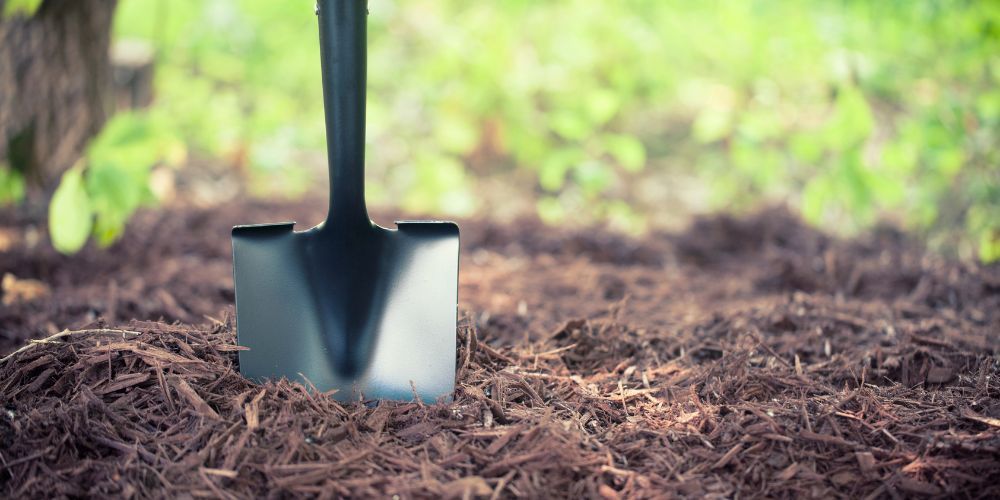
Mulching in gardens serves a purpose beyond aesthetics. It is an essential part of continuing tree growth. Organic mulching under the tree base, between 2 and 3 inches in depth, maintains soil moisture and temperature, suppresses weeds, and is indispensable for developing the root system.
Do not pile mulch directly against the tree trunk, which might hold moisture against the bark, leading to rot and other diseases. Overall, the proper way of mulching is simple yet effective and can ensure tree longevity and health.
Pruning
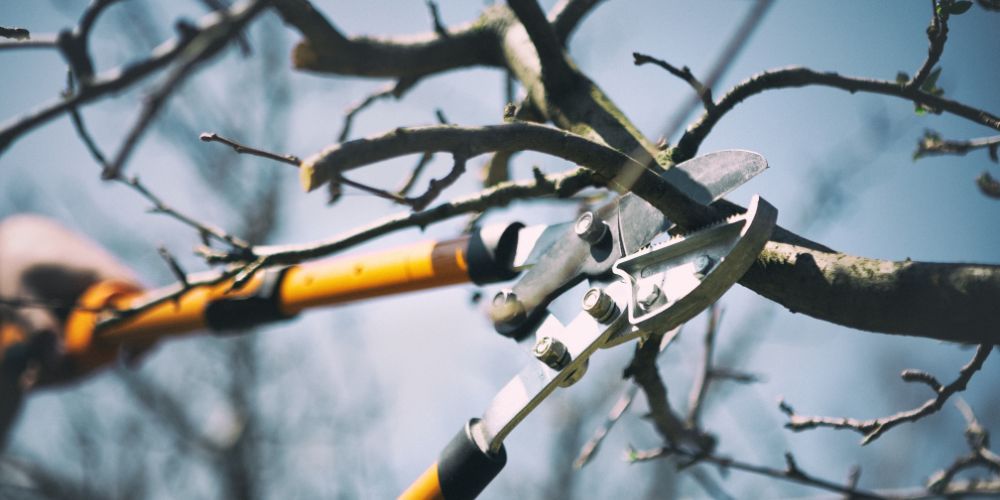
Pruning involves cutting off dead or diseased branches to allow a tree to develop a sound structure. The right time to prune trees is when they are dormant, generally in late fall through winter.
Proper scheduling minimizes the chances of disease transmission and reduces the stress on the trees, so spring growth can occur very aggressively. Proper pruning practices keep the trees healthy, growing with the best structure possible, increasing their aesthetics and life.
Fertilization
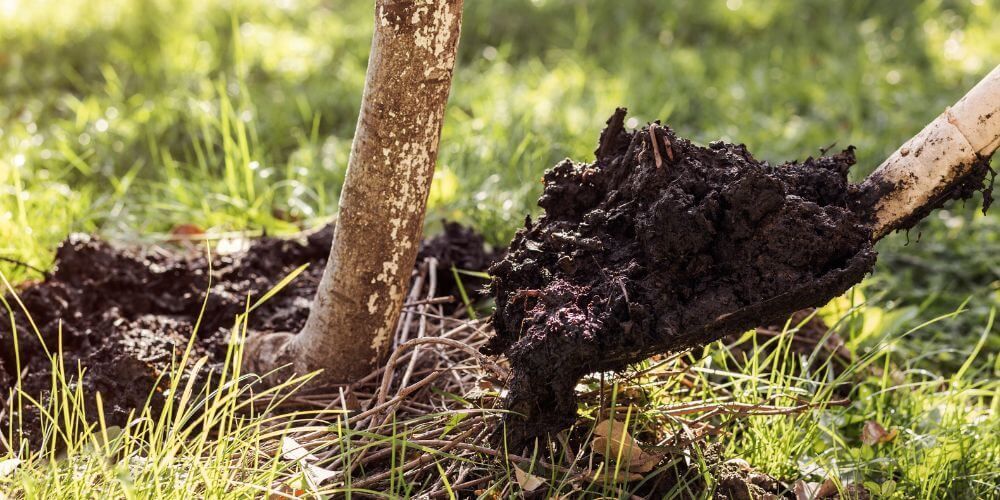
Regular tree fertilization provides the nutrients needed for best growth and improves resistance to pests and disease. I recommend slow-release fertilizer formulated with the specific species of the tree and adapted to local soil conditions.
A soil test before fertilization can help you determine what specific nutrient is missing, addressing your trees' particular needs. It is a focused approach to encouraging healthier, more resilient tree growth.
Pest and Disease Management
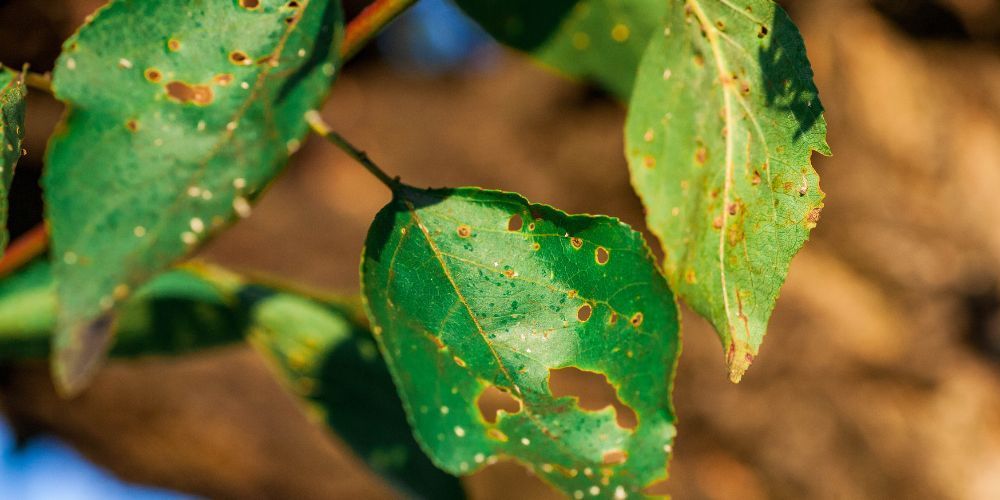
Proper management of pests and diseases is critical to secure adequate tree health. It starts with monitoring the trees regularly to spot any signs of trouble early. It will put you in an excellent position to act early, in the event of the detection of something, by familiarizing yourself with some of the common tree diseases and treatments for your region.
This way, the interventions that will be affected will be in good time, whereby problems like minor infections or infestations will not mushroom into significant threats. This extreme vigilance will protect trees from the potentially devastating impacts of pests and diseases.
Protection from Mechanical Damage
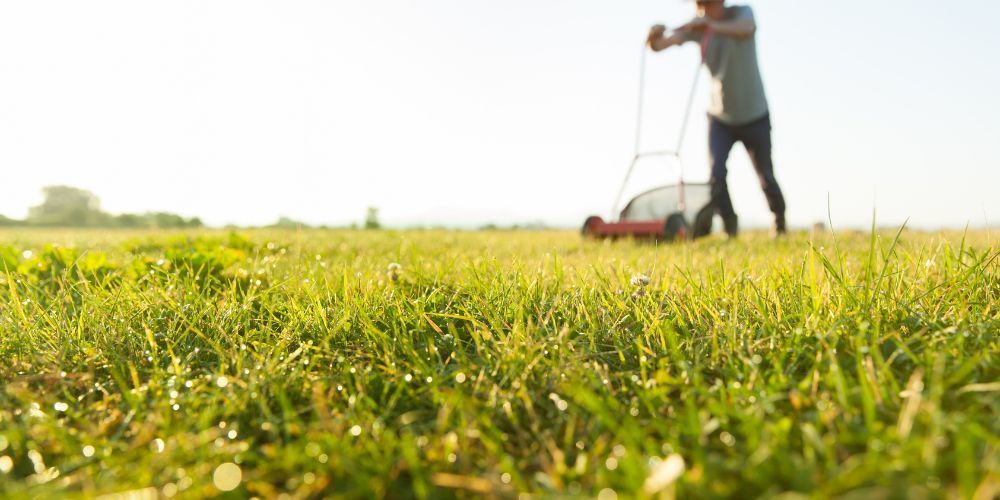
Lawnmowers, weed whackers, and other gardening devices can also carelessly hurt trees. To avoid such ones around the tree trunk, do strategic landscaping. Scarring can prevent such incidents and weaken a tree, making it vulnerable to disease or pests, especially when it is young or newly planted. Guarding trees in such ways is imperative in caring for them so they live a long and healthy life as valuable resources.
Regular Inspections

Regularly inspect trees throughout the year for signs of distress, such as discolored leaves, excessive leaf shedding, or dead branches. Early observation of these signals allows for the timely application of proper management strategies, preventing minor issues from escalating into significant problems and ensuring the trees remain healthy and vigorous. The key to tree health and longevity lies in consistent monitoring.
Seasonal Maintenance

Observing the required seasonal maintenance is essential to maintaining tree health in all seasons. Your strategies for tree care should also change, just like the change of the seasons. In anticipation of winter, apply enough mulch around the bases of the trees to insulate the roots and wrap young tree trunks to protect them from frost damage. Come spring, shift your attention to pest inspection and the introduction of necessary soil amendments to stimulate growth.
This strategy will ensure your trees are protected and primed to flourish when the weather changes. Modify and adjust your care techniques according to seasonal demands, keeping your trees full of vitality and beauty for the season.
Conclusion
Keeping trees healthy is a year-long commitment with unique long-term benefits, such as improved property values and enhanced air quality. Consistently applying these care practices ensures trees survive and flourish, benefiting both the environment and your quality of life. With proper care and attention, trees can become lasting and valuable community assets. So Cal Tree Care Inc., a leading provider of tree care services in Southern California, supports this with expert tree trimming, pruning, removal, and disease management, performed by our team of certified arborists.
FAQs
What are some tips to keep trees healthy?
Ensuring tree health necessitates regular watering, mulching, pruning, and appropriate fertilization. Additionally, monitoring pests, diseases, and mechanical damage is crucial.
How do you water trees properly?
Watering should be adjusted according to the tree's age, the season, and climate. Young trees require more watering, while mature trees benefit from more profound, less frequent sessions.
How often should I water my trees?
Water young trees at least once weekly and mature trees every two to three weeks, changing as needed according to rain and temperature.
When is the best time to prune my trees?
The best time to prune trees is in the dormant season. It inflicts the least amount of stress and disease.
How can I improve the health of my trees' soil?
If soil testing indicates nutrient needs, apply suitable fertilizers and keep a thick, healthy layer of mulch to improve the soil's condition.

Contact Us
Have a question? We are here to help. Send us a message and we’ll be in touch.
Footer Form
We will get back to you as soon as possible
Please try again later

We are a family-owned business, second generation. The company started in 1980 with 44 years of experience in the tree care business. Our goal is to be your local arborist answering all your questions about trees.
Our Services
Address
375 N Hale Ave, Escondido, CA 92029, United States
Ca. Lic. 860690 C-27/C61/D49

Certified Arborist# WE9160AT

